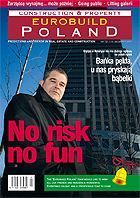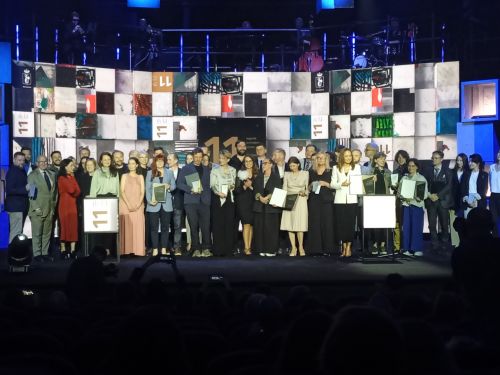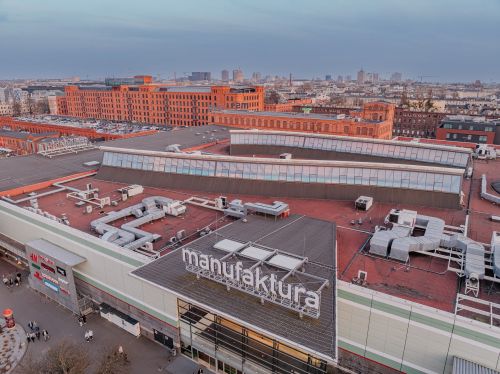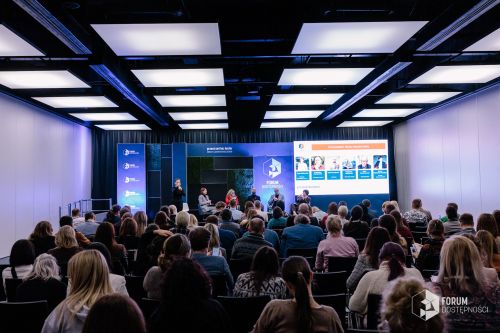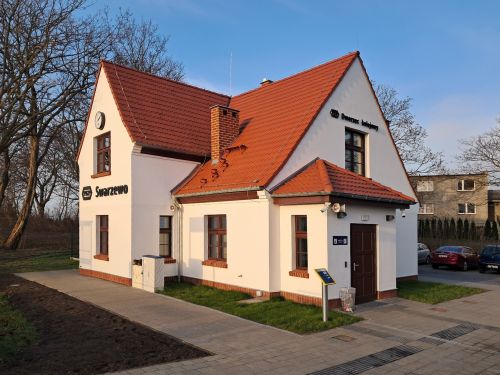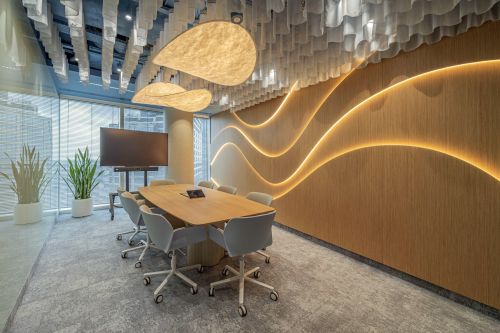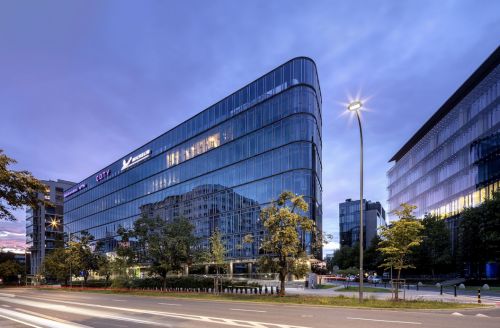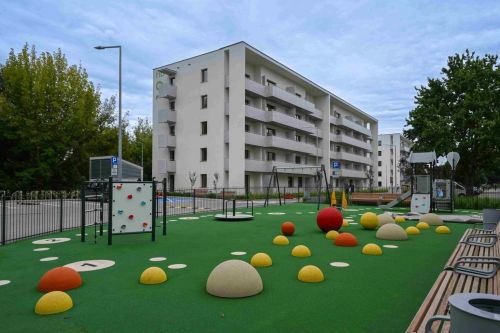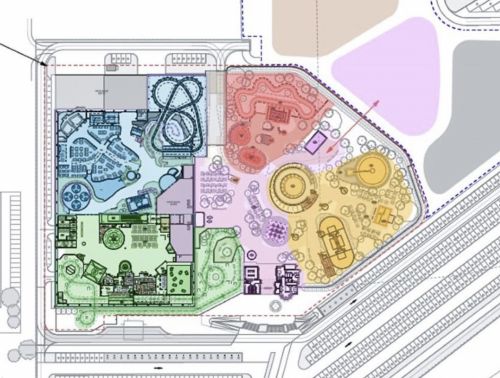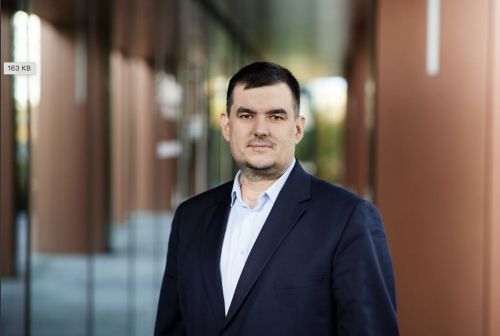Shopping centres are regularly given a make-over, a face-lift or cosmetic surgery due to changes of ownership, or to repair errors committed during their image creation or just general renovation. The process is costly, but usually highly effective In the opinion of Anna Szmeja-Kroplewska, the general director of the Polish Council of Shopping Centres: “Rebranding means a change of logo, colour, internal decor, marketing strategy and sometimes a change of tenants.” The result is thata product often appears under another brand. Reb-randing either standardizes the image or creates an entirely new identity. In both cases the intention is to make closer contact with customers.Many specialists take part in the rebranding process – lawyers, bookkeepers, estate agents, as well as communications and marketing experts. Anna Szmeja-Kroplewska adds that: “A change of name or logo generates legal, financial and image-creating consequences with all these areas being equally





























